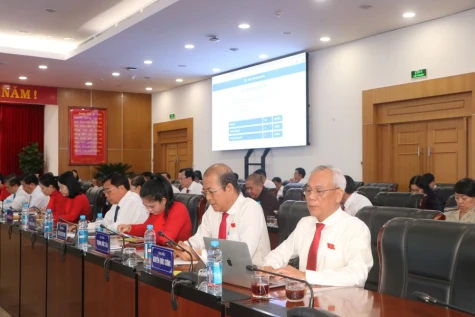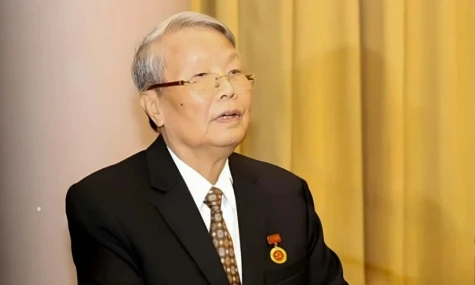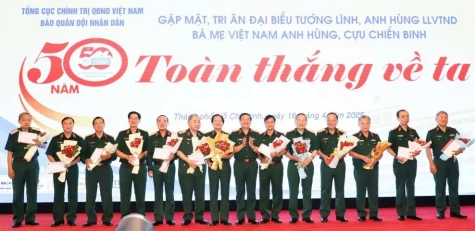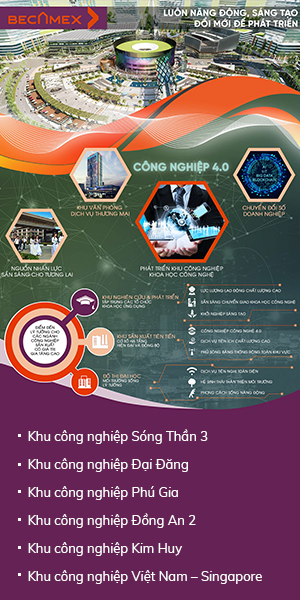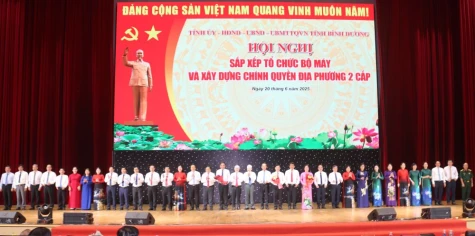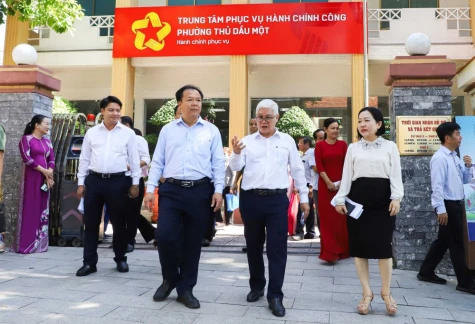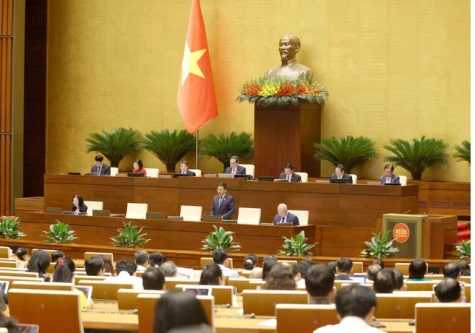On June 21, 1925, the Thanh Nien Newspaper, founded by leader Nguyen Ai Quoc, published its first issue. This date marks the beginning of the formation and development of Vietnam's revolutionary press, which has always been closely linked to the cause of national liberation, the defense of the Fatherland, and the building of socialism. As we approach the 100-year anniversary (June 21, 1925 - June 21, 2025) of its establishment, the Vietnamese revolutionary press stands as a vibrant symbol of vitality, resilience, and intellect, confirming its vital role as a driving force on the ideological and cultural front for both the Party and the people.

Encourage revolutionary movement
In the early 20th century, amidst colonial and feudal domination, there was an urgent need for a means to disseminate revolutionary ideas and enlighten the masses. In 1925, in Guangzhou, China, leader Nguyen Ai Quoc founded the Thanh Nien newspaper, which served as the propaganda agency for Vietnam Revolutionary Youth Association. This milestone is considered the beginning of the Vietnamese revolutionary press.
From 1925 until the founding of the Communist Party of Vietnam, many newspapers were published secretly within the country, including “Búa Liềm,” “Cờ Cộng sản,” and “Nhân loại,” as well as local papers such as “Sao Đỏ” in Hai Phong, “Mỏ Than” in Hong Quang, and “Tia Sáng” in Nam Dinh. In addition, several newspapers were published abroad, such as “Công Nông,” “Lính cách mệnh,” “Đồng thanh,” and “Thân ái.” Together with the Thanh Nien newspaper, these revolutionary publications made significant contributions to spreading revolutionary ideology, fostering patriotism, training cadres, and preparing for the birth of the Communist Party of Vietnam.
From 1930 to 1945, revolutionary journalism thrived with publications like “Búa Liềm,” “Dân Cày,” “Lao Động,” and “Cờ Giải Phóng.” The press played a crucial role in disseminating revolutionary ideas, encouraging widespread grassroots movements among the people, and contributing to the glorious victory of the August Revolution in 1945.
Sharp weapons in resistance
On June 21, 1925, the Thanh Nien newspaper was organized and printed abroad before being secretly smuggled back into the country. Since then, the Vietnamese revolutionary press has continuously grown and developed alongside the revolutionary movement, guided by the Communist Party of Vietnam. Today, the Vietnamese revolutionary press has evolved into a diverse system with a rich variety of content, employing increasingly modern technology to meet the information needs of the current context. |
After the August Revolution, Vietnam entered a prolonged resistance war against French colonialism and American imperialism. Amid the bombings and hardships, the revolutionary press played a crucial role. During the resistance against France, the press not only promoted the policies of resistance and nation-building but also vividly reflected the fighting spirit of the army and the people. Newspapers such as “Cứu Quốc,” “Vệ Quốc Quân,” and “Sự Thật” mobilized the entire population to fight against the enemy, chronicling the nation's heroic history.
In 1954, peace was restored in the North, but the country was temporarily divided. During this time, the revolutionary press worked to propagate and encourage the spirit of building socialism in the North while simultaneously fighting against the dictatorship of Ngo Dinh Diem and US intervention in the South. Press agencies such as Nhan Dan, Giai Phong, Vietnam News Agency, and the People's Army became the primary media outlets, instilling belief in victory in the hearts of the people.
During this era, Vietnam's press had two segments: the revolutionary press in the North and the revolutionary press in the South. The Northern press encouraged people to produce and fight while promptly informing them about the southern battlefield's situation. Notably, even in the liberated areas of the South, under extremely challenging conditions, several newspapers and magazines were published and operated effectively. For instance, the Central Bureau of Publishing produced Tien Phong Magazine to educate cadres and party members, while the Southern Liberation Front published Giai Phong Newspaper as a platform for propaganda and agitation.
Additionally, many provincial Party Committees published their own newspapers. For example, Quang Tri had the newspaper “Phấn Đấu,” and Thua Thien - Hue had “Giải Phóng” and “Cờ Giải Phóng.” These publications played a vital role in informing and encouraging our army and people to combat the enemy, working towards the day of North-South reunification.
The Vietnamese revolutionary press during both resistance wars not only contributed significantly to the victory of the Vietnamese revolution but also trained generations of soldier-journalists and steadfast writers committed to the ideological front.
Bridge between the Party, State, and People
After Vietnam's reunification in 1975, particularly since the 6th Party Congress in 1986, a comprehensive renovation process has been actively pursued. From the outset, the Vietnamese revolutionary press has played a vital role in promoting the spirit of innovation, encouraging creative thinking, praising new ideas and models, and fostering a culture of creative labor competition among all social classes.
More than just a means of communication, the press serves as a bridge between the Party, the State, and the people; it connects policies with practical life. It plays a crucial role in shaping and guiding public opinion, building social consensus, performing criticism and social oversight, and discovering and encouraging new initiatives. The press has effectively reflected the realities of economic and social life, quickly identifying existing problems and contributing to the development and refinement of policies throughout the innovation process.
It is clear that in every period of revolutionary struggle and under various social conditions, the revolutionary press has consistently stood at the forefront of the Party's ideological campaign. It has propagated Marxism-Leninism, mobilized the masses for struggle, disseminated the Party's guidelines and policies, communicated the State's laws and policies, and rallied the people to undertake political tasks, ultimately leading to significant victories in the fight for independence, freedom, national unification, and the construction and defense of the Fatherland.
For 100 years, through numerous challenges and hardships, the revolutionary press has been both a historical witness and a vital link between the Party and the people. It has served as a powerful tool in the struggle for national independence and freedom, as well as an effective instrument in the pursuit of national development and happiness for the people, creating proud chapters in our history.
Throughout its development over the past 100 years, the Vietnamese revolutionary press has remained steadfastly committed to its foundational principles and goals. It has been a crucial weapon in the nation's arduous struggles against French colonialism and the powerful invasions by the Japanese, French, and American empires. Moving forward, the press will continue to support the nation, contributing to its successes in this new era of development and rise. |
Reported by Dam Thanh - Translated by Ngoc Huynh









